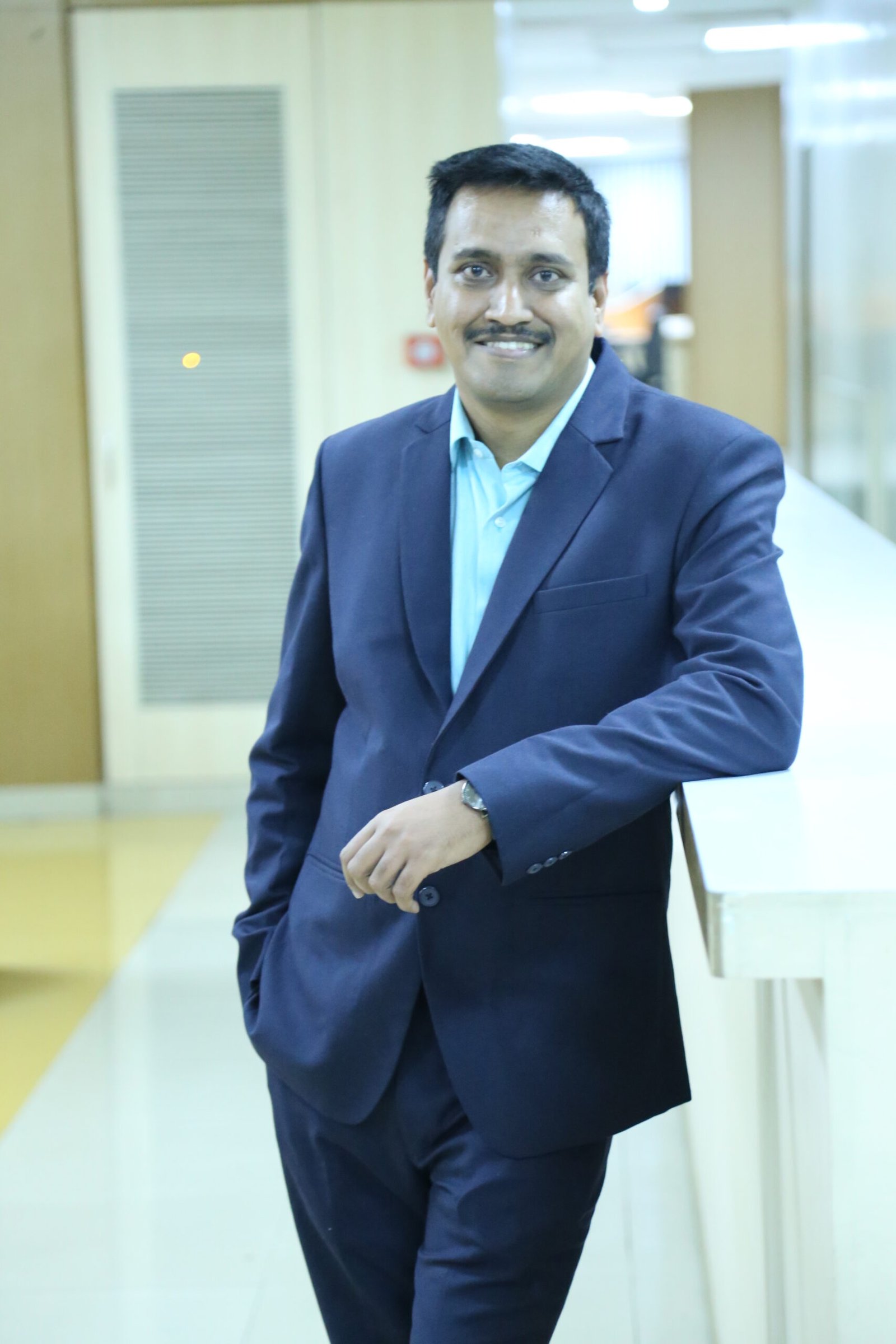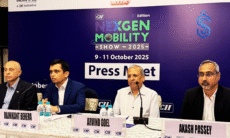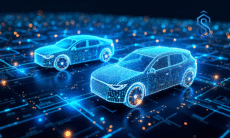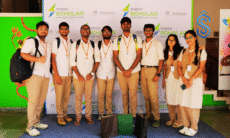Pune: As the automotive industry undergoes a paradigm shift toward software-led mobility, experts at the CII NexGen Mobility 2025 emphasized the importance of maintaining a value-driven balance between innovation and affordability.
The conclave, held as part of the CII NexGen Mobility Show 2025 at the Pune International Exhibition Centre, Moshi, brought together leading voices from India’s automotive and technology sectors to discuss the future of mobility.
Balancing Innovation and Affordability in the Era of Software-Led Mobility
Under the theme “Innovate. Integrate. Impact: The Future of Mobility,” the conference explored how software, especially AI-driven solutions, is becoming a defining component of vehicle value.
Also Read: OPmobility Pune Technical Center to Add 500 New Jobs
Maruti Suzuki’s Executive Committee Member C V Raman highlighted that as software content in vehicles continues to rise, a value-driven approach is critical. He noted that car penetration in India is projected to grow from 36 to 150 per thousand people by 2035.
“Mobility for the next billion will demand multiple solutions – not a one-size-fits-all model,” Raman said, emphasizing the principle of designing “smaller, fewer, lighter, shorter, and beautiful” vehicles to deliver true customer value.
Redefining Product Architecture and Customer Experience
Sven Patuschka, CTO, Tata Passenger Vehicles and Tata Electric Mobility, noted that India’s youthful, gender-diverse customer base is reshaping product expectations.
“Today’s customers prioritize sustainability, personalization, smart connectivity, and continuous upgrades. It’s not about the number of features but the quality of integration,” he said, stressing that collaboration and innovative business models will define the success of Software-Led Mobility.
Nishit Behera, Executive Director (Business Development & Strategy) at RSB Group, added that suppliers must adapt by strengthening software capabilities, product design, and technological integration.
Also Read: Why ECU Tuning Could Be the Weakest Link in Automotive Cybersecurity
Software-Led Mobility: India’s Strength in Software Ecosystem
Ravi Dolli, CEO of CASTCO, said that India’s transition from a hardware-driven to software-centric automotive industry presents significant opportunities.
“Software is no longer an accessory—it drives growth. To seize this opportunity, we must focus on digital infrastructure, indigenous software development, and a multidisciplinary skilled workforce,” Dolli explained.
Sundar Ganapathi, CTO (Automotive) at Tata Elxsi, observed that the Software-Defined Vehicle (SDV) era is transforming Indian OEMs.
“Hardware-centric companies can’t simply hire software engineers—the entire ecosystem must evolve. India’s GCC sector and tech companies already developing global solutions can lead this shift,” he said, adding that “what was once car software will soon become a software car.”
India’s Growth Potential in the Global Mobility Landscape
India’s automobile sector, currently valued at USD 130 billion, is projected to reach USD 300 billion by 2030, contributing about 12% of India’s GDP. The electric vehicle (EV) segment alone is expected to attract USD 20 billion in investments and create over 5 million jobs in the next five years.
The conclave underscored that success in Software-Led Mobility depends not only on adding code to vehicles but also on reimagining electrical and electronic (E/E) architectures, integrating cybersecurity, platforms, and middleware to enable centralized intelligence.
Software-Led Mobility: Showcasing Next-Gen Mobility Innovations
The NexGen Mobility Expo 2025 showcased next-generation solutions across electric, hybrid, hydrogen, and alternative fuel technologies, as well as breakthroughs in battery systems, charging infrastructure, and digital platforms.
Sangram Kadam, Senior Vice President (Business & Strategic Initiatives) at KPIT Technologies, delivered the welcome address, reaffirming CII’s commitment to fostering innovation and collaboration in shaping the next phase of India’s mobility revolution.










